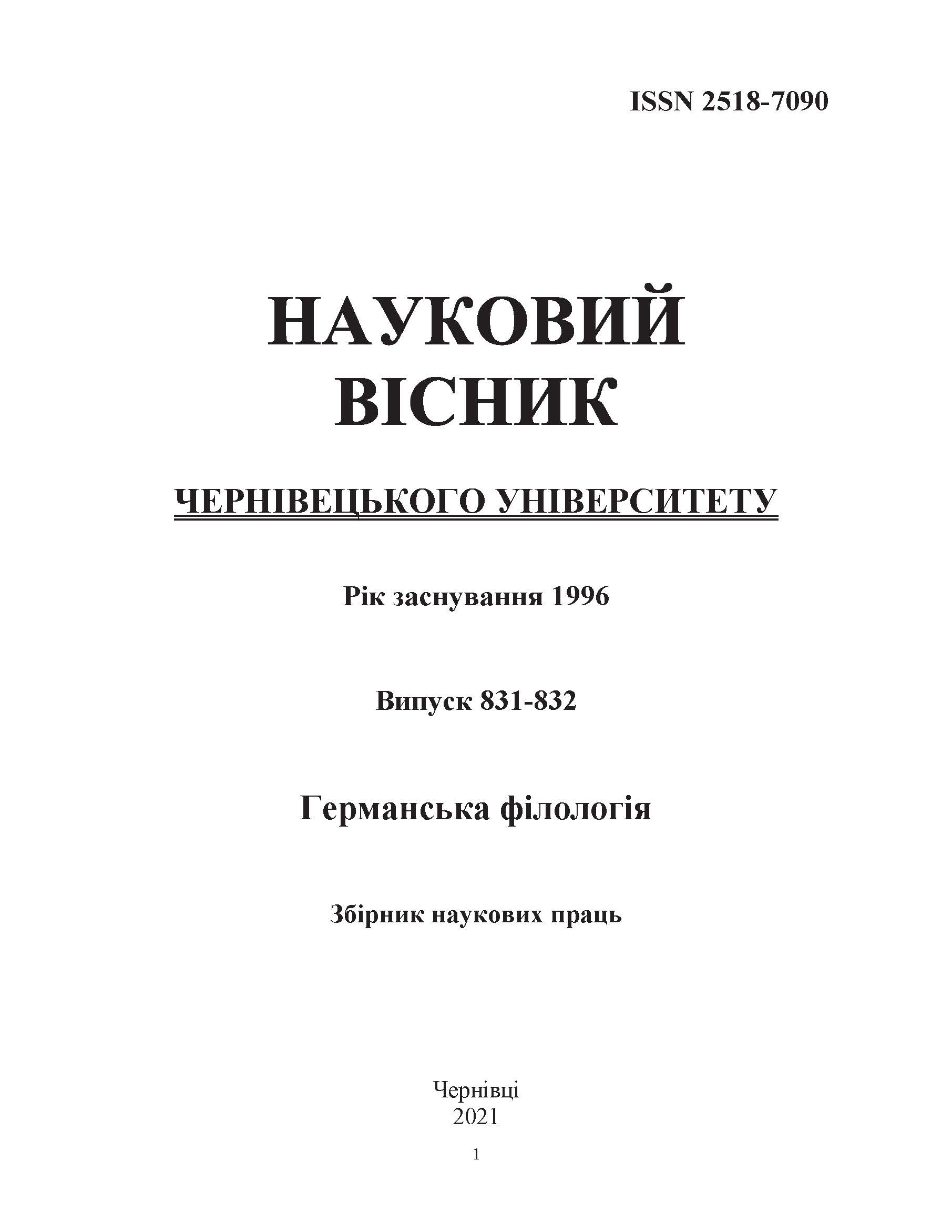WAYS OF RENDERING HUMOROUS EFFECT IN THE TARGET TEXT based on D. Nuhr’s work «Das Geheimnis des perfekten Tages»
DOI:
https://doi.org/10.31861/gph2021.831-832.13-18Keywords:
humor, types of humor, humorous effect rendering in the target text, translation transformationsAbstract
The article studies humor in D. Nuhr’s work «Das Geheimnis des perfekten Tages», the ways of its expression, as well as the specificity and variety of German humor. It highlights the main ways of rendering the humorous effect in the process of translation from German into Ukrainian.
Humor is a complicated and wide-spread phenomenon of our life, and, therefore, it is investigated in different branches of science. The cognitive abilities of a person enable them to comprehend and create the comic, and these abilities are based on memories, associations and comprehension of metameanings. Being a multifaceted category, humor cannot exist beyond a communicative situation created by a person, and, that is why discourse as a process of natural human communication has become an object of thorough research in the modern language studies. Verbal ways of making the humorous effect in the above-mentioned type of discourse are varied and the effect is produced by using these ways at different language levels. The most common means of producing comic and humorous effects in D. Nuhr’s works are such stylistic devices as metaphor, metonymy, hyperbole, etc.
Dieter Nuhr is a representative of the German mentality, which is characterized by certain traits. These characteristic features include: pedantry, law obedience, excessive cleanliness and excessive frugality, which are ridiculed in the works of Dieter Nuhr. The author’s irony is a difficult subject for linguistic study, as it is one of the types of the comic category and it is represented by a large number of stylistic means and objects of ridicule, for decoding which the researcher needs to have not only background knowledge, but also good orientation in modern German discourse. A linguocultural study of German humor based on the texts of Dieter Nuhr is carried out with the aim of developing ways of interpreting it for representatives of foreign cultures.





